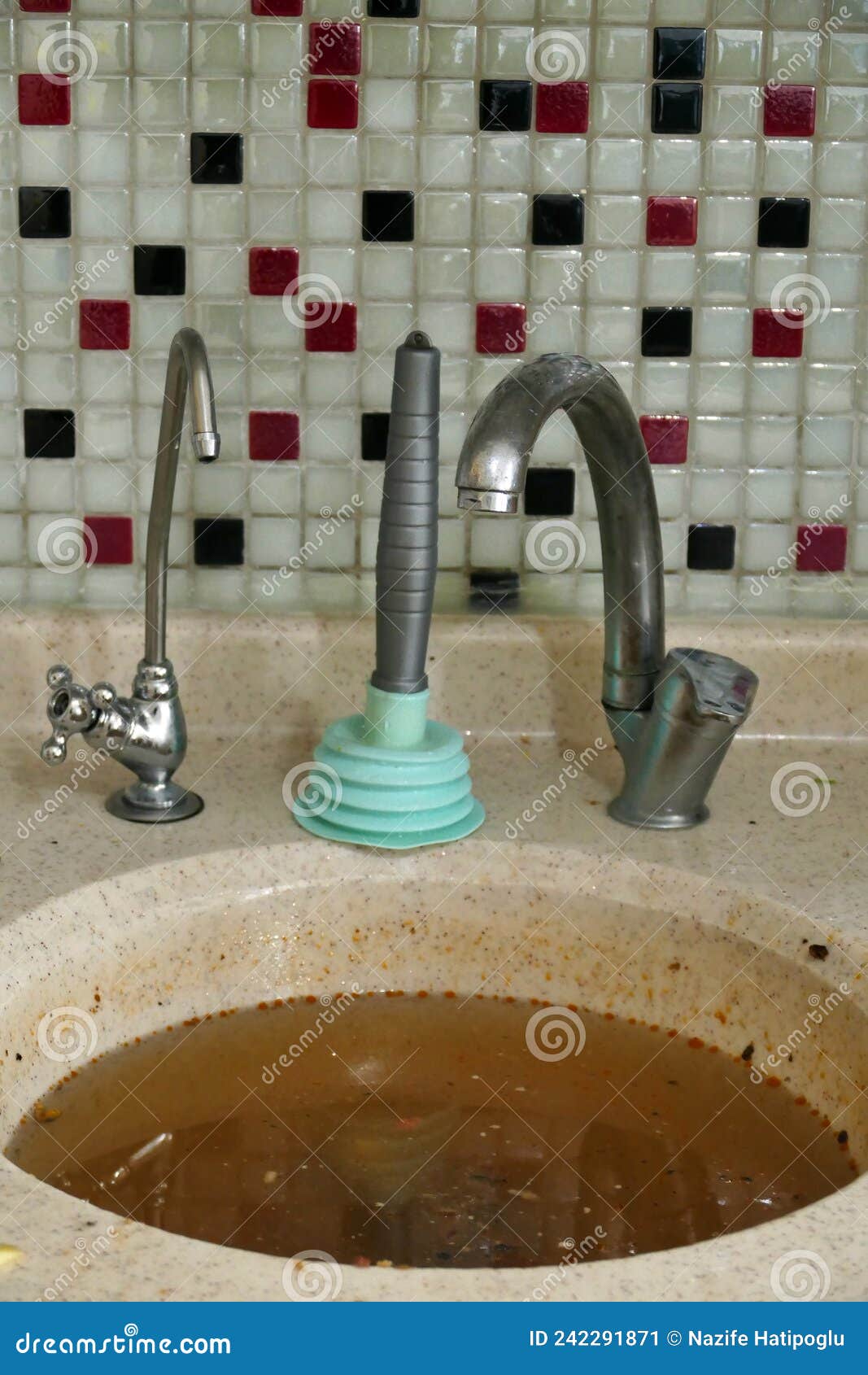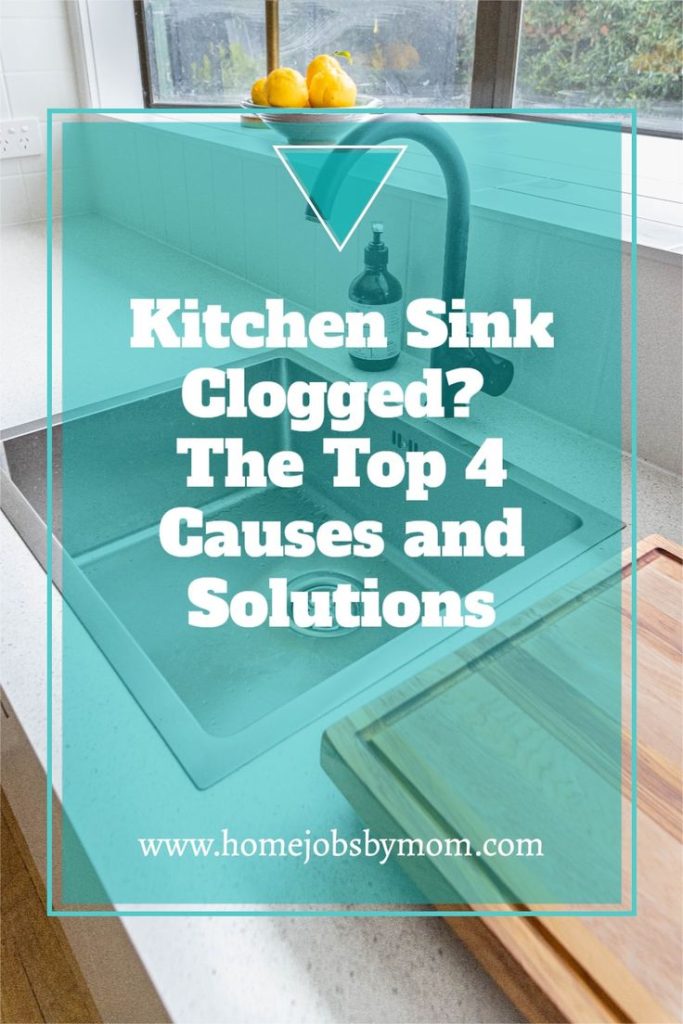

Kitchen sink clogs are a common household problem, causing frustrating slow drains and potential water damage. This article delves into the frequently asked questions and simple do-it-yourself solutions to effectively clear clogs and prevent future occurrences. This guide will walk you through identifying common causes, employing effective DIY solutions, and preventing future sink blockages, equipping you with essential knowledge and step-by-step instructions. We’ll explore practical solutions, like using baking soda and vinegar, and delve into preventing clogs through responsible habits. This article is structured into sections covering common causes, DIY solutions, and preventive measures to keep your kitchen sink flowing smoothly.
Understanding Kitchen Sink Clogs: Common Causes
Food Debris and Grease Buildup
Food scraps, grease, and oil are notorious for accumulating in kitchen drains, gradually building up and creating blockages. Poor disposal habits, like rinsing grease down the drain, contribute significantly to these clogs. Regularly cleaning your disposal and using appropriate disposal techniques can prevent this from happening.
Hair and Other Foreign Objects
Hair, particularly long hair, can easily clog a drain, especially in combination with other materials. Additionally, small objects like buttons, coins, or even toys, can get stuck in the drain and cause significant problems.
Tree Roots
While less common, tree roots can sometimes penetrate drain pipes, causing significant clogs. This issue is often connected to a weak or compromised pipe in the area. Proper drainage systems around your home can help prevent this issue.
Mineral Deposits
Hard water and mineral deposits can accumulate over time and build up within the drain pipes, resulting in a slow drain. Such buildup gradually creates a significant clog, hindering proper water flow.
Improper Waste Disposal
Certain substances like coffee grounds, fibrous foods, or excessive amounts of food waste can clog your drain if not disposed of appropriately. Proper waste disposal techniques are essential for avoiding clogs.
Effective DIY Solutions for Clogged Kitchen Sinks
Baking Soda and Vinegar Method
This tried-and-true method is very effective for many minor clogs. Combine baking soda and vinegar in the drain, allowing it to fizz and loosen the blockage. Follow this with hot water to flush away the remaining debris. This is a simple and cost-effective option to try first.
Plunger Technique
For a more forceful approach, a plunger can help dislodge blockages. Make sure to create a tight seal around the drain opening. Plunge forcefully several times to dislodge the clog.
Using a Drain Snake
If a plunger doesn’t work, a drain snake (also known as a plumber’s snake) can help clear blockages in drains. The drain snake works by breaking up the obstruction using a flexible metal cable. Carefully insert the snake down the drain and rotate it to dislodge the blockage.
Boiling Water
Hot water can be an effective way to dislodge blockages, particularly those caused by grease or organic materials. Pouring a kettle of boiling water down the drain can help dissolve some of the blockage.
Chemical Drain Cleaners
Chemical drain cleaners can be used as a last resort, but they can potentially harm pipes and may not always be necessary. Follow the instructions carefully when using any chemical cleaner.
Preventing Future Clogs
Regular Maintenance
Regularly inspecting and cleaning your sink and disposal can help prevent clogs. This will involve regular cleaning of the pipes and ensuring that there aren’t any obstructions.
Proper Waste Disposal Practices
Implementing proper waste disposal practices can greatly reduce the risk of clogs. Avoid pouring grease or oil down the drain. Additionally, avoid disposing of fibrous materials or excessive amounts of food waste. Dispose of waste responsibly to ensure smooth functioning. Make sure to dispose of materials in a way that is suitable for the drain system.
Protective Measures
Using strainers in the drain to catch hair, food scraps and other potential blockages can significantly reduce the risk of sink clogs. Keeping the sink and drain clean is a simple precaution against potential issues.
Addressing Potential Issues
Regular inspections of the drain can prevent larger issues and keep everything running smoothly. The early detection of minor issues may help prevent the buildup that can lead to significant problems.
Understanding Drainage Systems
Understanding how water drains and flows through your plumbing systems can help to identify potential clogs.
Advanced Techniques and Troubleshooting
Using a Zip-Tie
This technique is often used to clear clogs, particularly when there are small obstructions. Carefully inserting a zip tie down the drain can grab and pull out any obstructions.
Checking for Leaks
Inspecting the pipes for any possible leaks is an essential step, which is often overlooked. Leaks can be a sign of larger issues that may cause drain clogs.
Enhancing Drainage
Consider installing additional drainage systems and ensuring proper water flow.
Seeking Professional Help
If DIY methods are unsuccessful, it’s always recommended to seek professional help from a plumber. A plumber can identify and address underlying problems that might cause recurring clogs.
Assessing Underlying Issues
Inspecting underlying issues in the plumbing system may identify the root cause of the problem.
Additional Prevention Tips
Monitoring Water Flow
Pay attention to the rate of water draining from your sink, looking for any indication of blockage.
Understanding Local Regulations
Be aware of local regulations and guidelines related to plumbing. Understanding relevant guidelines can help you effectively deal with potential clogs.
Using Suitable Materials
Ensure that the materials you are disposing of are suitable for the drain system to avoid future problems.
Regular Maintenance
Regular maintenance of the plumbing system can prevent clogs and other issues.
Hiring Plumbers
If the issue persists, hiring a qualified plumber for professional assistance is recommended.
Tips for Avoiding Further Clogs
Instituting Proper Disposal Habits
Establishing good waste disposal habits, such as avoiding grease and oil disposal down the drain, can prevent many clogs.
Dealing with Clogs Effectively
Identifying the Source
Identifying the source of the clog is crucial for effective removal and prevention.
Ensuring Proper Drainage
Inspecting Pipes
Regular inspection of pipes can help determine if there are any underlying issues that are contributing to the issue.
Maintaining Smooth Function
Checking for Obstructions
Regularly checking for obstructions can prevent a buildup of issues and keep your plumbing system operating at peak efficiency.
In conclusion, tackling kitchen sink clogs effectively involves a combination of preventative measures and decisive action when clogs occur. By understanding the common causes and employing the DIY solutions outlined in this article, you can maintain a smooth-functioning kitchen sink and avoid the frustration of persistent blockages. Preventative measures are key to long-term success, and the simple DIY solutions provided offer a practical approach to resolving clogs quickly and efficiently. Consider hiring a professional plumber if DIY methods prove unsuccessful. Remember to prioritize plumbing maintenance and upkeep for a happy and healthy home environment. For further help, feel free to consult additional resources or seek professional advice.